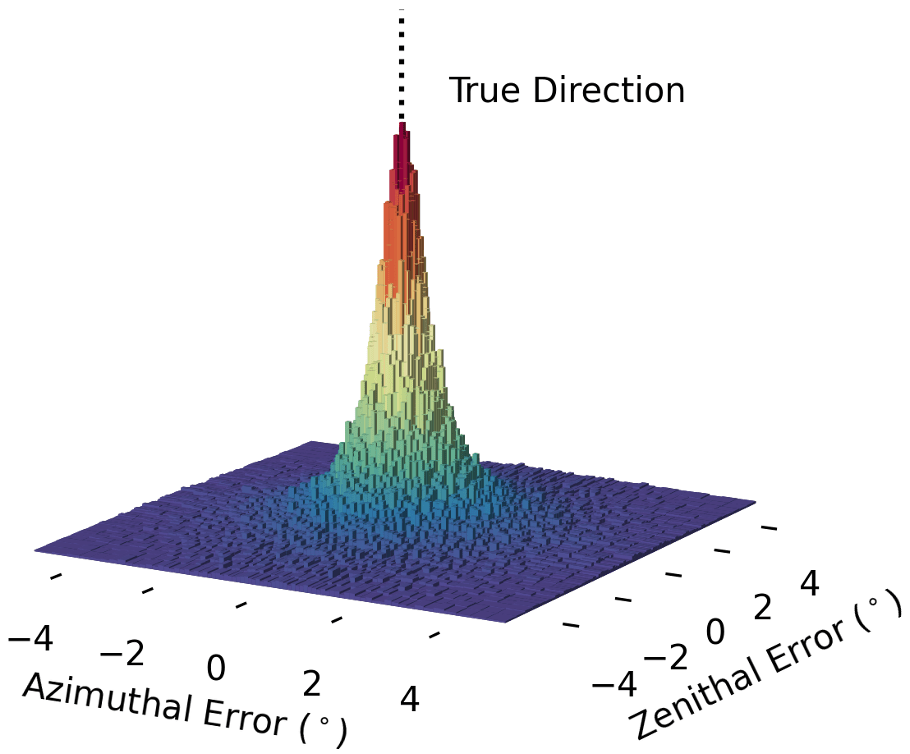Last month, the IceCube Collaboration concluded their “IceCube – Neutrinos in Deep Ice” Kaggle competition that launched in January, 2023. Participants were challenged to devise a machine-learning solution that could quickly and accurately process a large number of events to identify the direction that neutrinos came from.
Over the course of three months, 11,000 solutions were submitted by around 900 participants from 74 countries around the world. The top three teams with the best overall performance won prize money from a $50k pool.
The top three winners are:
· 1st Place winner of $18k: Tito
· 2nd Place winners of $12k: IceMix (DrHB and Iafoss)
· 3rd Place winner of $10k: GPUs on Ice
Additionally, the Early Sharing Prize–a prize given for the best solutions two weeks into the competition–of $5k was awarded to Datasaurus and five other $1k prizes awarded to the best solution write-ups.

“We’re extremely pleased to see such great resonance and participation from everyone and the sparked interest in IceCube and neutrino physics in general,” says Philipp Eller, IceCube member and postdoctoral associate at the Technical University of Munich in Germany, who organized the competition.
The top three solutions applied a new technique called “transformers” to IceCube data. These transformers, which significantly surpass the quality of previous machine learning based reconstructions, contain architecture that powers the latest generation of large language models such as ChatGPT.
The solutions are able to reconstruct the direction of “track” events (neutrino events that contain an elongated signature caused by a muon from the interaction) to subdegree resolution. This likely opens new possibilities to apply these algorithms to a vast number of events, if not the entire IceCube data stream, at once. Until now, such high precision was reserved for select neutrino event candidates that needed to be processed with computationally intensive methods, taking anywhere from minutes to hours per event. In contrast, the methods developed during the competition are much faster and can be applied to millions of events within just a few hours.
“It was truly amazing to witness the “hive mind” at work,” says Eller. “People were engaging in discussions, providing helpful notebooks with example codes and visualizations, and there was a friendly competition between teams with one submission outperforming the other, getting better and better solutions as a community.”